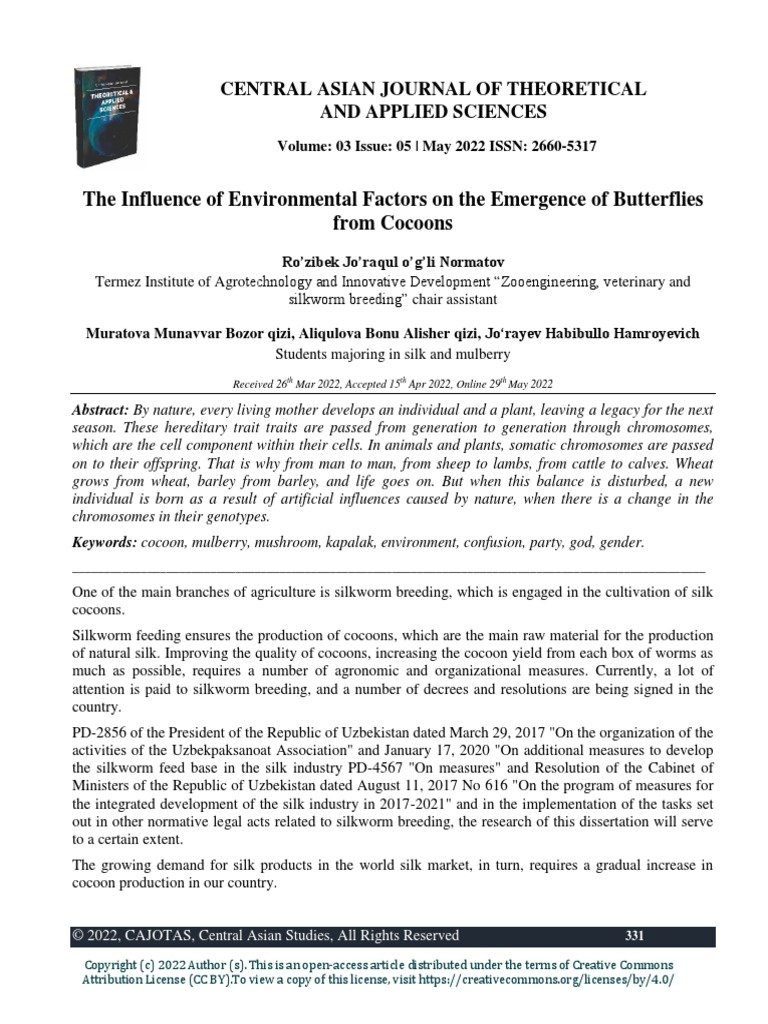
Now, let’s dive into what makes botflies tick—er, buzz. By understanding the environmental factors that influence botfly activity, we can better appreciate their role in ecosystems and, of course, learn how to avoid those pesky bites.
Understanding Botfly Life Cycle
To grasp how environmental factors affect botflies, it’s helpful to know a bit about their life cycle. Botflies typically lay their eggs on or near a host, which can be livestock or, unfortunately for us, humans. Once the eggs hatch, the larvae burrow into the host’s skin, where they grow. Isn’t that a wild way to live?
The entire process depends heavily on the temperature and humidity of the environment. Botflies thrive in warmer climates because their eggs develop faster under heat. In colder temperatures, their activity slows down significantly. It’s like how we might feel more energetic on a sunny day versus a chilly one—botflies aren’t fans of the cold either.
In addition to temperature, humidity plays a critical role. When it’s too dry, botflies might struggle to survive and reproduce. Think of it like a plant needing water; without enough moisture, it just won’t thrive. Since botflies are more active in tropical and subtropical regions, these areas have a higher incidence of botfly infestations.
Temperature: The Driving Force
Here’s the thing—temperature isn’t just a number on a weather app; it’s a major player in the botfly’s game. Generally, warmer temperatures accelerate their life cycle. For instance, in tropical climates, botflies can complete their life cycle in just a few weeks. In cooler regions, it might take months, which is a significant delay for their reproduction.
You might also see more botfly activity during specific seasons. In warmer months, especially from late spring to early fall, they become quite active. It’s like summer BBQ season for these bugs, and they’re ready to party. So, if you’re in a warm area during these months, keep an eye out—you could be an unwitting host!
Moreover, temperature changes can impact botfly behavior. Higher temperatures might lead them to seek out hosts more aggressively. If you’ve ever noticed more bugs buzzing around on a hot summer day, you know what I mean.
Humidity: A Critical Component
Humidity might not be the first factor that comes to mind when thinking about botflies, but it’s crucial. Unlike us, these insects rely on humidity to keep their eggs and larvae viable. Ideal humidity levels range between 60-80%.
In dry conditions, the eggs can desiccate, making it challenging for them to hatch. This is why you might see fewer botflies in arid areas compared to lush, moist environments. Imagine trying to grow a garden in the desert—without water, things don’t flourish.
When humidity levels are high, it creates a perfect breeding ground for botflies. This is why tropical rainforests, with their high moisture levels, often see more activity. A rich, humid environment can be a virtual buffet for botflies, providing ample opportunities for laying eggs and finding hosts.
Geographical Location and Botfly Distribution
Certain regions are more prone to botfly activity. For instance, the Dermatobia hominis, the human botfly, is primarily found in Central and South America. If you plan to travel to these areas, you might want to familiarize yourself with *how botfly activity varies by location*.
In contrast, places with colder climates—think Scandinavia or Canada—have fewer cases of botfly infestations. This is a classic example of how geography shapes the presence (or absence) of certain species.
You might be wondering why some areas have more botfly activity than others. It often boils down to the right combination of temperature, humidity, and available hosts. A perfect storm of conditions leads to thriving populations. In contrast, harsh climates can mean few or no botflies at all.
Host Availability and Interactions
Botflies are clever—they choose hosts wisely. The presence of potential hosts, such as livestock or other mammals, influences botfly activity. Regions with abundant wildlife or domestic animals often see higher botfly populations.
Think about it like this: if you’re throwing a party, you want to invite friends who will show up. Botflies need hosts to reproduce, so areas with plenty of mammals will see more botfly activity. This can include pets, livestock, or even wild animals.
The interactions between botflies and their hosts are also interesting. For instance, when livestock is in a pasture, it can draw in more botflies seeking a place to lay their eggs. If you’re in a rural area with farms, you might want to be extra cautious. It’s like being at a buffet—you wouldn’t want to be the main dish!
Impacts of Environmental Changes
As we face climate change, we should consider how it will affect botfly populations. Rising temperatures and changing weather patterns can lead to increased botfly activity in regions previously less affected.
If it gets warmer and more humid in new areas, botflies might spread to regions where they didn’t thrive before. This could pose a risk to local wildlife and even human health, as more people could encounter these pests.
Additionally, deforestation and habitat change can create more opportunities for botflies to find hosts. When natural environments are altered, creatures like botflies can adapt and take advantage of new situations. It’s a cycle of change that could lead to more infestations in unexpected places.
Understanding the environmental factors that influence botfly activity can help us better manage our interactions with these creatures. Whether you’re a traveler, a pet owner, or simply curious, knowing how temperature, humidity, and geographical location affect botflies offers valuable insights.
While these bugs can certainly be a nuisance, they also play a role in the ecosystem. By being aware of their behavior and the conditions they thrive in, we can take practical steps to minimize encounters. Remember, it’s all about keeping the balance and respecting nature—even the parts we might not love.
So, next time you’re outside and feeling a little buzz around you, take a moment to appreciate the complex world of botflies. They might be creepy, but they’re also a fascinating part of our environment!

